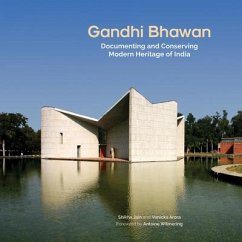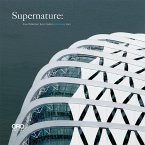- This volume brings together several images, maps and plans to present the conservation plan for Chandigarh- Forms an invaluable resource for other similar structures of the Modern eraOne of the most ambitious developmental schemes planned on India's independence was the city planning of Chandigarh - a symbolic gesture towards the country's future. Designed by Pierre Jeanneret in 1962 to evoke a lotus flower afloat in a pond, Gandhi Bhawan - dedicated to the work of Mahatma Gandhi - is a testament to the culmination of modernism as an aesthetic, historic and inter-cultural movement in India. Situated within the Panjab University campus, Gandhi Bhawan was conceived by Jeanneret as a platform to present his principles of Indian modernism, its design influenced by Gandhian ideals and the pinwheel toys of local children. This volume, supported by a grant from the Getty Foundation's Keeping it Modern initiative, documents the thorough research and conservation planning effort for Gandhi Bhawan, including comprehensive testing of its innovative building materials. Its impact stretches beyond the university, as the conservation plan outlined here forms an invaluable resource for other buildings of the modern era. With several images, maps and plans, this publication hopes to make accessible the work of many architects, engineers, conservators and scholars, ensuring the preservation of this architectural gem and the hopeful vision it embodies. Published in association with Panjab University, Chandigarh.








